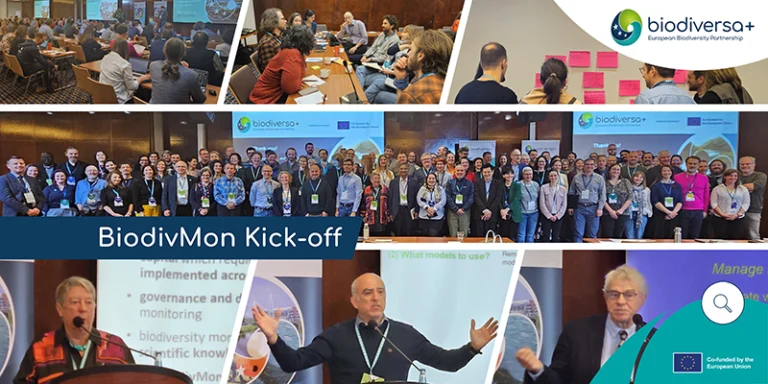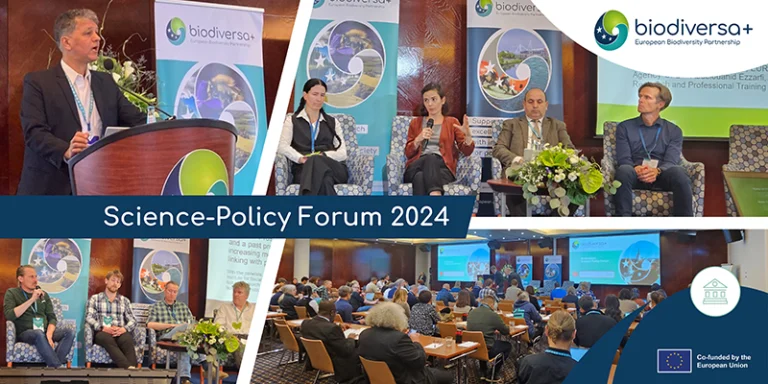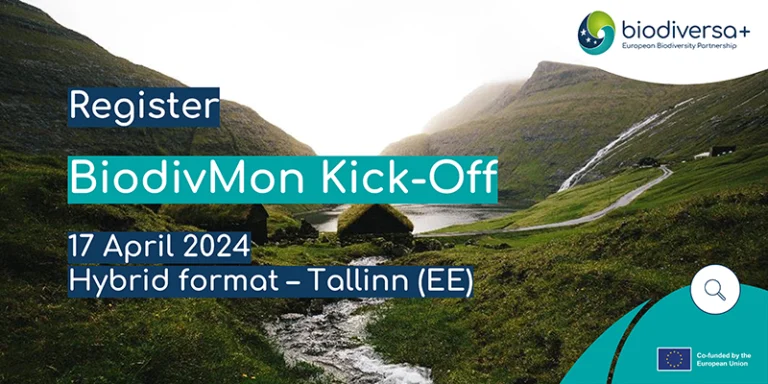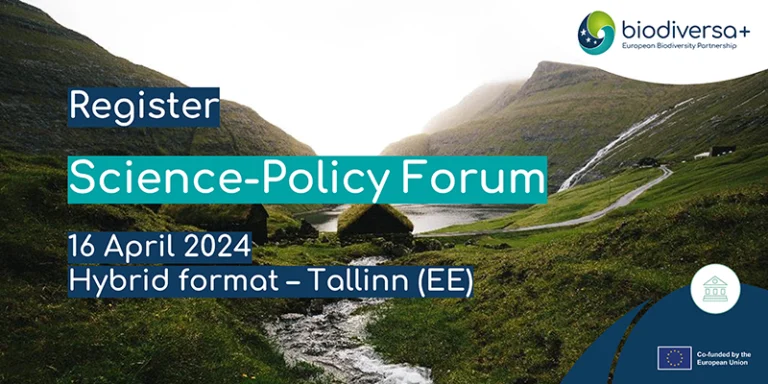Biodiversa+ and NetworkNature are working together to identify knowledge gaps hindering the implementation of NbS. Take our…

The
+
0
M €
Overall budget
0
M €
EU Contribution
0
Partners
0
Countries
About Biodiversa+
Biodiversa+ is the European Biodiversity Partnership supporting excellent research on biodiversity with an impact for society and policy. It was jointly developed by BiodivERsA and the European Commission as part of the EU Biodiversity Strategy 2030, and will contribute to the ambition that “by 2030, nature in Europe is back on a path of recovery, and that by 2050 people are living in harmony with Nature”.
News and events
Latest Biodiversa+ releases
Find all our publications in our library
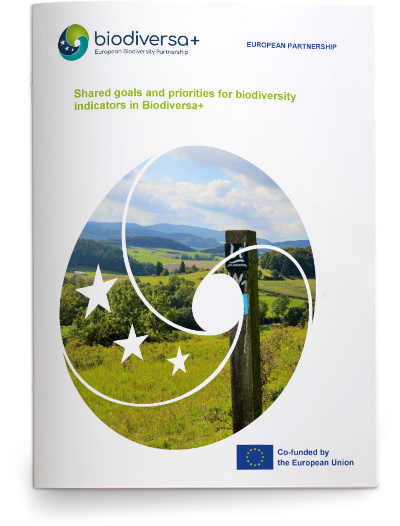
Shared goals and priorities for biodiversity indicators
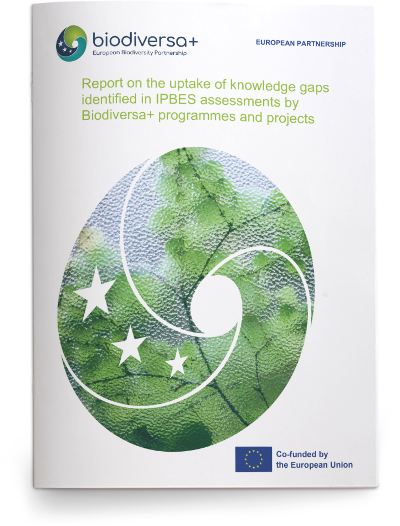
Report on the uptake of knowledge gaps identified in IPBES assessments
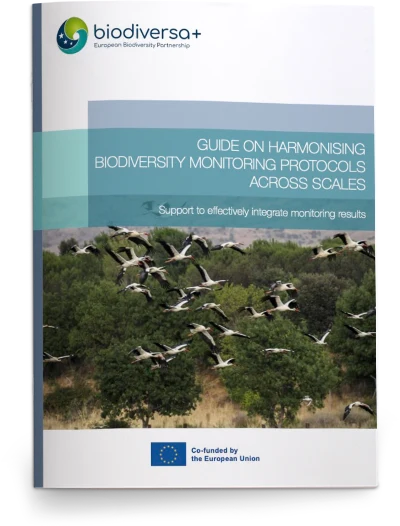
Guide on best practices to harmonise monitoring protocols
Receive our latest news in your inbox

